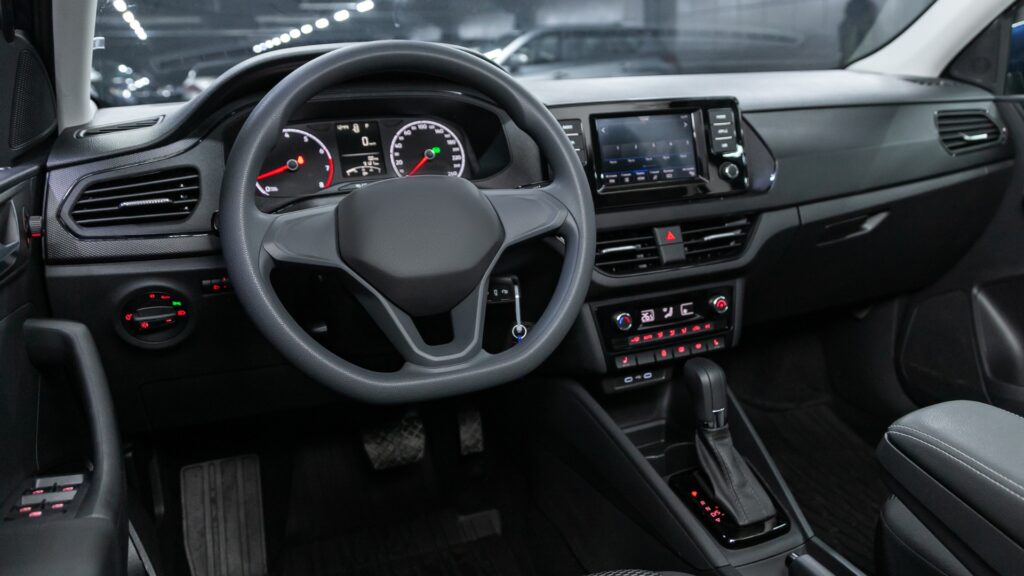As an automotive enthusiast, I’ve witnessed a remarkable shift in the driving experience with the integration of IoT in modern vehicles. The seamless connection between cars and the digital world has revolutionized how we interact with our vehicles. From smart navigation systems to real-time diagnostics, IoT technology is reshaping the way we perceive and engage with our cars.
In this article, I’ll delve into the impact of IoT on modern vehicles, exploring how it has enhanced safety, convenience, and overall driving efficiency. With IoT-enabled features becoming increasingly prevalent in the automotive industry, understanding the benefits and implications of this integration is crucial for both consumers and manufacturers. Join me as we navigate through the exciting realm where cutting-edge technology meets the open road.
Overview of IoT in Modern Vehicles
IoT, or the Internet of Things, has revolutionized modern vehicles by enabling seamless connectivity with the digital world. This integration has led to the development of advanced features such as smart navigation systems and real-time diagnostics, enhancing the overall driving experience.
Defining IoT
IoT refers to the network of interconnected devices embedded with sensors, software, and other technologies that enable them to collect and exchange data. In the context of modern vehicles, IoT allows automobiles to communicate with external systems, other vehicles, and even smart devices to provide enhanced functionality and services.
Impact on Vehicle Technology
The integration of IoT in vehicles has significantly transformed the automotive industry by introducing innovative technologies that enhance safety, convenience, and efficiency. Features like real-time tracking, predictive maintenance, and autonomous driving are made possible through IoT connectivity, offering a more sophisticated driving experience for consumers.
Key IoT Features in Modern Vehicles
Connectivity and Communication
In modern vehicles, one of the key aspects of IoT integration is the enhanced connectivity and communication capabilities. IoT enables cars to communicate with each other, with infrastructure, and with external devices in real-time. This connectivity allows for features such as remote vehicle monitoring, over-the-air software updates, and integration with smart home devices. By leveraging IoT technology, vehicles can provide personalized services, real-time traffic updates, and seamless connectivity to the digital world, enhancing the overall driving experience.
Safety and Security Features
IoT plays a crucial role in enhancing safety and security features in modern vehicles. Through IoT integration, cars can have advanced driver assistance systems (ADAS) that utilize sensors and data to provide real-time alerts and assist in avoiding collisions. Furthermore, IoT enables features like stolen vehicle tracking, geofencing, and remote immobilization, enhancing vehicle security. By leveraging IoT technology, modern vehicles can offer proactive safety measures, emergency assistance services, and secure data transmission, ensuring a safer and more secure driving environment.
Benefits of IoT Integration in Vehicles
IoT integration in vehicles brings about a multitude of advantages that significantly enhance various aspects of driving and vehicle management.
- Enhanced Driver Experience
Transforming the driving experience, IoT integration in vehicles provides unparalleled convenience and comfort. With smart navigation systems that offer real-time traffic updates and personalized services, drivers can enjoy smoother journeys with optimized routes tailored to their preferences. Moreover, the seamless connectivity with external devices enables hands-free operation, allowing me to focus more on the road ahead. - Improved Safety Measures
Ensuring a safer driving environment, IoT integration enhances safety measures in vehicles through advanced driver assistance systems that provide alerts and assistance in critical situations. Features like stolen vehicle tracking and remote immobilization offer peace of mind by enabling swift responses to theft incidents. By leveraging IoT technology, vehicles are equipped with proactive safety features that mitigate risks and prevent accidents.
Optimized Maintenance and Operations
With IoT integration, vehicle maintenance and operations are streamlined and optimized. Real-time diagnostics enable proactive monitoring of vehicle health, allowing for preemptive maintenance to prevent breakdowns. By efficiently managing maintenance schedules and performance data, IoT integration enhances the overall operational efficiency of vehicles, reducing downtime and ensuring optimal performance on the road.
Challenges in Integrating IoT in Vehicles
Integrating IoT in vehicles presents some challenges that need to be addressed for seamless implementation.
Security Concerns
Ensuring robust cybersecurity measures is crucial when integrating IoT in vehicles to prevent potential threats such as hacking and data breaches. It’s essential to safeguard personal information, ensure secure communication channels, and implement encryption protocols to protect vehicle data.
Technical and Infrastructure Issues
Addressing technical challenges like compatibility issues between IoT devices and existing vehicle systems is essential. Integrating IoT may require upgrading vehicle hardware and software to ensure smooth operation and data exchange between various components. Additionally, establishing a robust infrastructure to support IoT connectivity in vehicles is vital for efficient data processing and communication.
Future Trends in IoT and Vehicle Technology
In the rapidly evolving landscape of IoT and vehicle technology, several future trends are shaping the industry, particularly in the areas of autonomous driving developments and smart city integration.
Autonomous Driving Developments
I foresee a significant advancement in autonomous driving technology, with increasing focus on Level 4 and Level 5 automation. These advanced systems will enable vehicles to operate with minimal human intervention, leading to safer roads, optimized traffic flow, and reduced accidents. The integration of IoT in autonomous vehicles will further enhance their capabilities by enabling real-time data exchange with smart infrastructure and other vehicles on the road.
Smart City Integration
The integration of IoT in modern vehicles is a crucial component of smart city initiatives. As cities embrace digital transformation, connected vehicles will play a key role in creating more efficient transportation systems. IoT-enabled vehicles can communicate with traffic lights, parking facilities, and other infrastructure to improve traffic management, reduce congestion, and enhance overall urban mobility. This interconnected ecosystem will pave the way for smarter, more sustainable cities that prioritize safety, efficiency, and environmental conservation.




